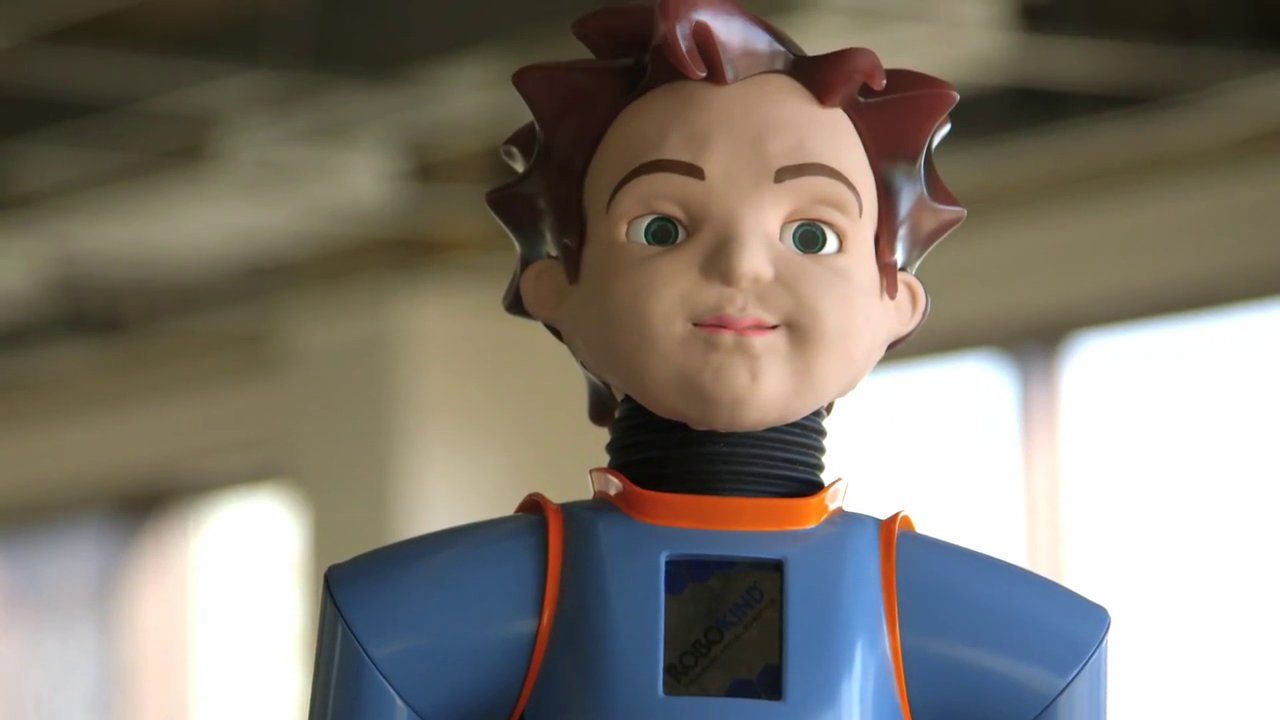For some children with autism, interacting with different people can be an uncomfortable, mystifying experience. Feeling crushed by face-to-face interplay, such children may discover it hard to attend to their attention and examine the social abilties of their instructors and therapists—the very humans charged with supporting them in learning to adapt socially. Those kids need, say a few researchers, a robot: a lovely, tech-based intermediary with a body that could teach them how to greater with no trouble interacting with their fellow humans.

On the face of it, learning human interaction from a robot might sound counterintuitive. Or simply backward. However, a handful of companies are reading the generation to find out how effectively these robots support youngsters with autism spectrum disease (ASD). One of those corporations is LuxAI, a younger business enterprise spun out of the University of Luxembourg. The organization says its QTrobot can increase those kids’ willingness to engage with human therapists and decrease discomfort during remedy periods. University of Luxembourg researchers operating with QTrobot plan to provide their results on 28 August at RO-MAN 2018, IEEE’s worldwide symposium on robot and human interactive communique, held in Nanjing, China.
“When you are interacting with someone, there are loads of social cues along with facial expressions, the tonality of the voice, and motion of the body that are overwhelming and distracting for children with autism,” says Aida Nazarikhorram, cofounder of Luxor. “But robots have this capability to make the entirety simplified,” she says. “For example, every time the robotic says something or performs a challenge, it’s the same as the previous time, and that gives consolation to kids with autism.”
In the take a look at it will be provided at RO-MAN later this month. Fifteen boys ages 4 to 14 participated in interactions: one with QTrobot and one with a person alone. The kids directed their gaze closer to the robotic, approximately twice as lengthy, on average, compared to their eye towards the human. Feeling at ease with a robot, those youngsters are more able to cognizance their attention on a curriculum offered with the aid of the robotic and a human therapist, Nazarikhorram says.
Repetitive behaviors like hand flapping—a signal of being uncomfortable and tense—happened about three times as often throughout classes with the human, compared with the robotic, consistent with the have a look at. More importantly, children generally tend to engage more with human therapists with a robot within the room, in line with remarks the corporation received in its studies, says Nazarikhorram. “The robotic can create a triangular interaction between the human therapist, the robotic, and the child,” she says. “Immediately, the kid begins interacting with the educator or therapist to ask questions on the robotic or give comments about its conduct.”
Many companies were developing digital therapeutics for psychiatric issues, consisting of apps to treat substance abuse and therapeutic video games to deal with interest deficit/hyperactivity sickness. But something about the embodied robot offers it aside over plain monitors. “The infant is centered on the app and doesn’t interact with the individual beside him,” Nazarikhorram says. “With a robotic, it’s the alternative.”
Robot-primarily based therapy for autism has been studied for more than a decade. For instance, scientists first conceived KASPAR, the social robotic in the late 1990s. Scientists at the University of Hertfordshire in the United Kingdom are now developing it. And there are at least different commercial robots for autism: Robokind’s Milo and Softbank Robotics’ NAO.
Repetitive behaviors like hand flapping—a signal of being uncomfortable and traumatic—occurred approximately three times more regularly in classes with the human therapist than with the robotic. The MIT Media Lab recently used NAO to test a gadget, gaining knowledge of how the network is constructed. This can perceive children’s conduct. The rules can estimate the extent of hobby and exhilaration of children with autism throughout a therapy session. The studies turned into published in June in Science Robotics.
“In this case, we need the robots to be a medium toward naturalistic human-human interactions and not entirely geared for taking pictures the attention of the kids,” says Oggi Rudovic, at the MIT Media Lab, who coauthored the machine gaining knowledge of paper in Science Robotics. The ultimate intention is to equip kids with autism “with social skills that they could follow in normal life,” he says, and LuxAI’s studies “is a good step in the direction of that aim.”
However, more research concerning extra youngsters over longer intervals can be needed to investigate whether or not robots can genuinely equip kids with actual-life social skills, Rudovic says. The QTrobot is a completely new product. Luxor started building it in 2016, completed the very last prototype in mid-2017, and, in just 12 months, started trials at numerous centers in Luxembourg, France, Belgium, and Germany.
Nazarikhorram says she desired to build a robot that changed into realistic for school rooms and therapy settings. Her enterprise focused on making its robot easily programmable by using autism specialists and not using a tech history, capable of running for hours without being closed to cool. She says it also has an effective processor and 3-D digicam so that no additional device, consisting of a PC, is needed.
Now LuxAI engages in longer-term trials, studying the robotic’s effect on social competence, emotional well-being, and interaction with people, Nazarikhorram says. We asked Nazarikhorram if it’s viable to pair robots with children with autism who may want to sincerely move them similarly far away from humans and towards the era. “That’s one of human beings’ fears,” she says. “But in exercise, in our studies, and based on our customers’ comments, the interplay among the youngsters and the therapists improves.”
